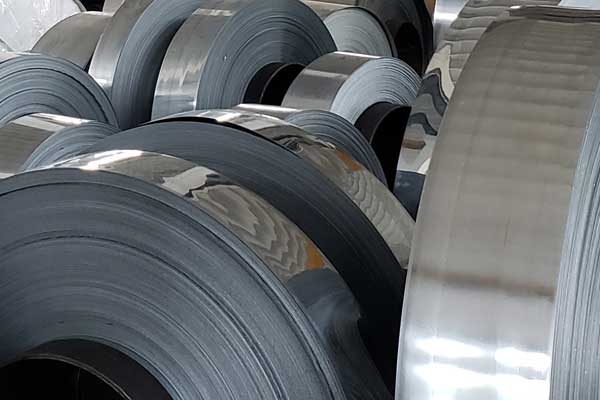In the bending of aluminum, in order to keep the aluminum from cracking, we often use the heating process to make the aluminum softer and more ductile. Although we just heat aluminum, it involves two processes: softening and annealing. In today’s article, we will analyze and explain the softening and annealing processes in aluminum bending.
What are the softening and annealing in aluminum bending

Softening and annealing are two thermal processes used to make aluminum more malleable and easier to bend.
Softening involves heating the aluminum to a temperature below its melting point, typically around 300-400°C (572-752°F), for a period of time to reduce its hardness and increase its ductility. This process is useful for aluminum that has become hardened through previous processing or for alloys that are naturally difficult to bend. Softening can make the aluminum easier to bend, but it may also make it weaker.
Annealing involves heating the aluminum to a temperature that is closer to its melting point, typically around 400-500°C (752-932°F), for a longer period of time to allow the metal to recrystallize and become more uniform. This process can help to relieve internal stresses and increase the ductility of the metal, making it easier to bend without cracking or breaking. Annealing can also improve the strength and durability of aluminum.
Differences between softening and annealing
The main features and differences between softening and annealing are:
- Temperature: Softening is done at a lower temperature than annealing.
- Time: Softening requires less time than annealing.
- Purpose: Softening is done to increase the ductility of the aluminum and make it easier to bend, while annealing is done to relieve internal stresses, increase the uniformity of the metal, and improve its strength and durability.
- Effects on the metal: Softening makes the aluminum softer and more ductile, but also weaker, while annealing can make the aluminum stronger and more uniform.
Applications of aluminum bending
The choice of whether to use softening or annealing will depend on the specific alloy and the desired properties of the finished product. For example, if a softer and more ductile aluminum is required, softening may be the preferred method. However, if a stronger and more durable aluminum is needed, annealing may be the better choice. In general, the choice of process will depend on the specific requirements of the application and the expertise of the metalworker.
There are a variety of applications for softened or annealed aluminum. One common application is in the construction industry, where aluminum is often used for building facades, roofing, and structural elements. In these applications, aluminum that has been softened or annealed can be bent and shaped to fit the specific requirements of the design. Softened or annealed aluminum can also be used in the automotive industry, where it is often used for body panels, chassis components, and wheels.
Final Words
The application of softening and annealing processes for bending aluminum alloy will depend on the specific alloy and the desired properties of the finished product. For example, if a softer and more ductile aluminum is required, softening may be the preferred method. However, if a stronger and more durable aluminum is needed, annealing may be the better choice.